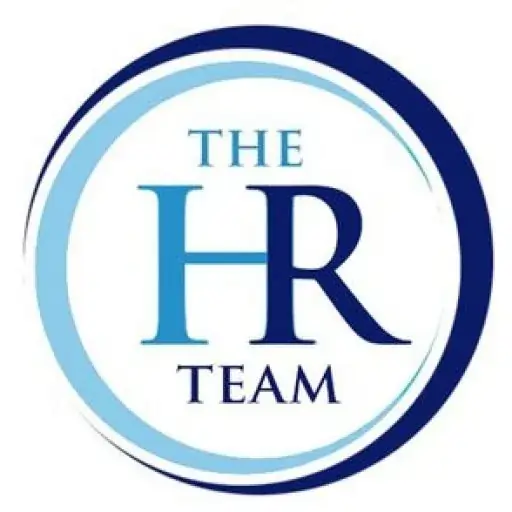Supreme Court Ruling Clarifies the Equality Act: What It Means for SMEs
At The HR Team, we always strive to ensure our clients remain informed about key legal developments that impact workplace policies. A recent UK Supreme Court ruling has clarified the interpretation of sex under the Equality Act 2010, reinforcing that the legal definition refers to biological sex at birth rather than acquired gender. This decision has important implications for businesses, particularly in relation to your Equality, Diversity and Inclusion policies.
Key Takeaways from the Ruling
The Supreme Court’s judgment in For Women Scotland Ltd v The Scottish Ministers confirmed that:
- The terms “woman” and “man” in the Equality Act refer to biological sex, not gender identity or legal sex obtained through a Gender Recognition Certificate (GRC).
- The ruling directly impacts how sex-based rights and protections are applied in workplaces, including policies on single-sex spaces, occupational requirements, and equal pay claims.
- The Equality and Human Rights Commission (EHRC) is expected to release updated guidance by June 2025 to help HR professionals and employers understand compliance requirements.
What This Means for Your Business
Businesses must now review their workplace policies to ensure they align with the clarified legal definitions. Areas to consider include:
- Single-Sex Facilities – Businesses must ensure that designated workplace facilities for men and women reflect the biological sex-based definitions, unless specific exemptions apply.
- Equal Pay Comparisons – The ruling affects how equal pay claims are assessed, requiring comparisons based on biological sex rather than acquired gender.
- Diversity & Inclusion Initiatives – While the ruling defines legal terminology, businesses must remain mindful of supporting inclusive workplace cultures that respect all employees, including those with protected characteristics such as gender reassignment
Action Steps
To ensure compliance and mitigate risks, we recommend the following actions:
- Review Existing Workplace Policies – Ensure policies on single-sex spaces, recruitment, and equal pay align with the clarified legal framework.
- Monitor Upcoming EHRC Guidance – Further clarification will be provided by the EHRC, helping businesses adjust policies effectively.
- Communicate Changes Transparently – Keep employees informed about any policy updates while ensuring a fair and respectful work environment.
- Seek HR Support – If unsure, consult The HR Team to ensure compliance and avoid potential disputes.
At The HR Team, we are here to help you navigate these changes. If you require assistance in reviewing policies or implementing best practices, please reach out—we are happy to support you in maintaining a legally compliant and inclusive workplace.
Holiday Hoarding: What is it and why are employees doing it?
Holiday hoarding refers to the practice of employees accumulating their annual leave instead of using it. Many workers let their leave build up, often postponing time off indefinitely, which can lead to burnout and decreased productivity.
Why Are Employees Hoarding Their Holiday Leave?
Several factors contribute to this trend:
- Workload Pressure – Employees may feel they can’t afford to take time off without falling behind or burdening colleagues.
- Company Culture – Some workplaces subtly discourage taking leave, creating an environment where employees feel guilty for stepping away.
- Job Security Concerns – In competitive industries, workers may fear that taking time off could make them seem less committed or put their position at risk.
- Emergency Planning – Some employees save their annual leave for unexpected situations, such as family emergencies or future personal needs.
- Long-Term Travel Goals – Others may be accumulating leave for an extended break rather than taking shorter holidays throughout the year.
The Risks of Holiday Hoarding
While it might seem beneficial to save up leave, it can have negative consequences:
- Burnout & Mental Health Struggles – Lack of downtime leads to stress and exhaustion.
- Reduced Productivity – Overworked employees are less efficient and creative.
- Higher Turnover Rates – Employees who don’t take breaks may eventually leave due to dissatisfaction.
Encouraging Employees to Take Time Off
Employers can help prevent holiday hoarding by:
- Promoting Work-Life Balance – Encouraging regular breaks and setting a positive example.
- Making Annual Leave Policies Clear – Ensuring employees understand leave entitlements and any expiration rules.
- Creating a Supportive Culture – Normalising time off and reassuring employees that their absence won’t negatively impact their job security.
- Implement Mandatory Time Off – Consider structured leave policies to prevent excessive hoarding.
- Lead by Example – Senior leaders should take regular holidays to reinforce the importance of rest.
Need Help Managing Holiday Hoarding in Your Workforce?
At The HR Team, we help businesses implement policies that promote healthy work-life balance, ensuring employees take their entitled leave while keeping operations running smoothly. If you need guidance on adjusting your holiday policy or improving workplace culture, get in touch today!






